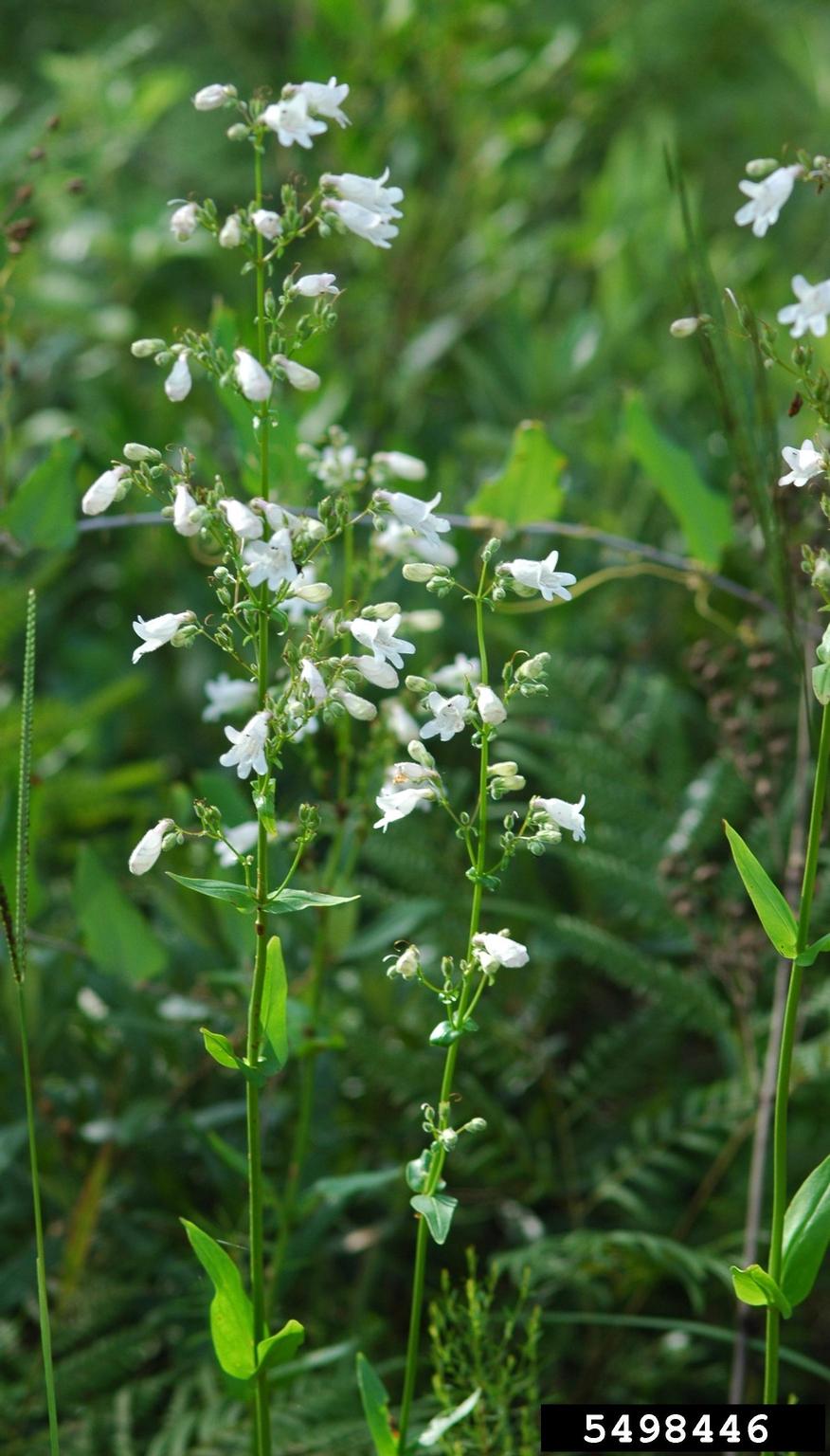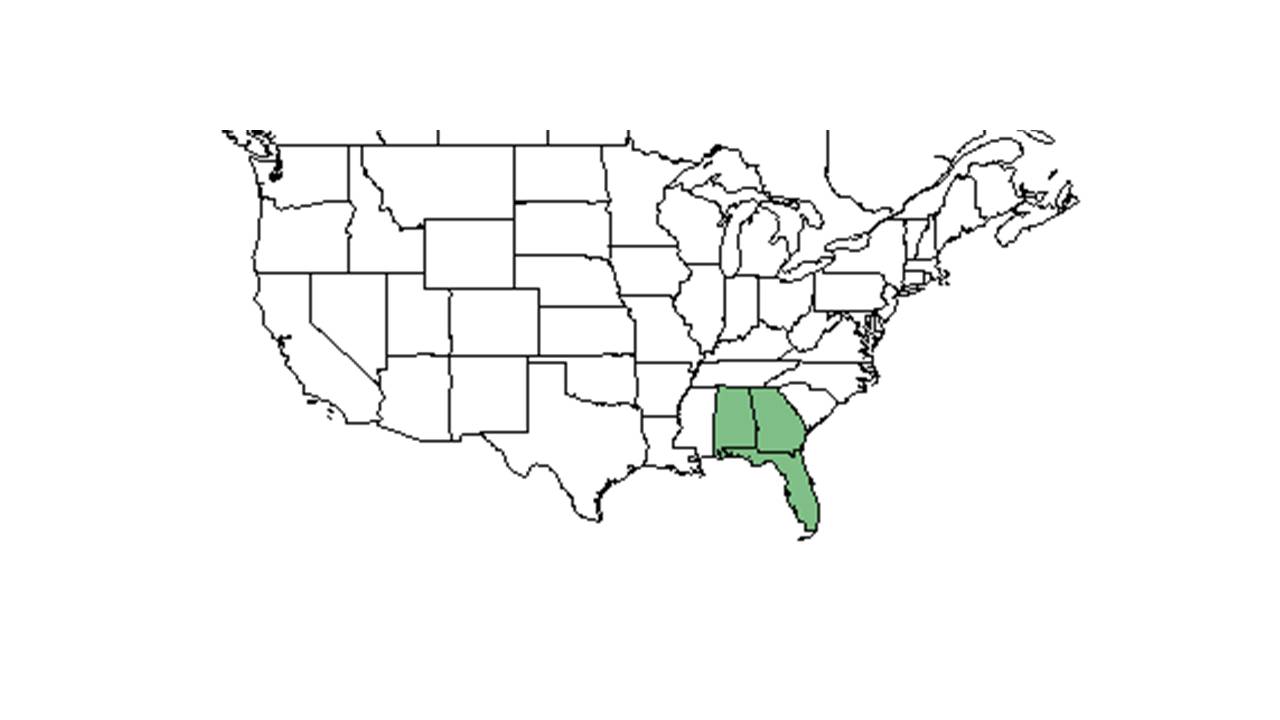Difference between revisions of "Penstemon multiflorus"
(→Conservation and Management) |
Krobertson (talk | contribs) |
||
| Line 28: | Line 28: | ||
==Ecology== | ==Ecology== | ||
===Habitat=== <!--Natural communities, human disturbed habitats, topography, hydrology, soils, light, fire regime requirements for removal of competition, etc.--> | ===Habitat=== <!--Natural communities, human disturbed habitats, topography, hydrology, soils, light, fire regime requirements for removal of competition, etc.--> | ||
| − | ''P. multiflorus'' occurs in sandy or loamy soil, preferring areas with high light levels | + | ''P. multiflorus'' occurs in sandy or loamy soil, preferring areas with high light levels. <ref name="FSU Herbarium">Florida State University Robert K. Godfrey Herbarium database. URL: [http://herbarium.bio.fsu.edu http://herbarium.bio.fsu.edu]. Last accessed: June 2014. Collectors: Loran C. Anderson, Rodie White, R. A. Norris, Robert K. Godfrey, M. Davis, and Cecil R Slaughter. States and Counties: Florida: Calhoun, Columbia, Gadsden, Leon, Osceola, and Wakulla. Georgia: Grady.</ref> It can be found in oak-pine-palmetto flatwoods, cabbage palm hammocks, and open stands of longleaf pine and scrub oak. <ref name="FSU Herbarium"/> It can also occur in disturbed areas, including slash pine plantations, firebreaks, and roadsides. <ref name="FSU Herbarium"/> Associated species include sand oak, live oak, saw palmetto, longleaf pine, scrub oak, and slash pine. <ref name="FSU Herbarium"/> |
===Phenology=== <!--Timing off flowering, fruiting, seed dispersal, and environmental triggers. Cite PanFlora website if appropriate: http://www.gilnelson.com/PanFlora/ --> | ===Phenology=== <!--Timing off flowering, fruiting, seed dispersal, and environmental triggers. Cite PanFlora website if appropriate: http://www.gilnelson.com/PanFlora/ --> | ||
| − | Flowering and fruiting have been observed in July and August | + | Flowering and fruiting have been observed in July and August. <ref name="FSU Herbarium"/> |
<!--===Seed dispersal===--> | <!--===Seed dispersal===--> | ||
<!--===Seed bank and germination===--> | <!--===Seed bank and germination===--> | ||
===Fire ecology=== <!--Fire tolerance, fire dependence, adaptive fire responses--> | ===Fire ecology=== <!--Fire tolerance, fire dependence, adaptive fire responses--> | ||
| − | This species has been found in habitat that is maintained by fire | + | This species has been found in habitat that is maintained by fire. <ref name="FSU Herbarium"/> |
<!--===Pollination--> | <!--===Pollination--> | ||
<!--===Use by animals===--> <!--Herbivory, granivory, insect hosting, etc.--> | <!--===Use by animals===--> <!--Herbivory, granivory, insect hosting, etc.--> | ||
| Line 49: | Line 49: | ||
==References and notes== | ==References and notes== | ||
| − | |||
Revision as of 19:38, 4 August 2016
| Penstemon multiflorus | |
|---|---|

| |
| Photo by Karan A. Rawlins, University of Georgia, Bugwood.org | |
| Scientific classification | |
| Kingdom: | Plantae |
| Division: | Magnoliophyta - Flowering plants |
| Class: | Magnoliopsida – Dicotyledons |
| Order: | Scrophulariales |
| Family: | Scrophulariaceae |
| Genus: | Penstemon |
| Species: | P. multiflorus |
| Binomial name | |
| Penstemon multiflorus Chapm. ex Benth. | |

| |
| Natural range of Penstemon multiflorus from USDA NRCS Plants Database. | |
Common name: manyflower beardtongue
Contents
Taxonomic notes
Description
Penstemon multiflorus is a perennial herbaceous species.
Distribution
Ecology
Habitat
P. multiflorus occurs in sandy or loamy soil, preferring areas with high light levels. [1] It can be found in oak-pine-palmetto flatwoods, cabbage palm hammocks, and open stands of longleaf pine and scrub oak. [1] It can also occur in disturbed areas, including slash pine plantations, firebreaks, and roadsides. [1] Associated species include sand oak, live oak, saw palmetto, longleaf pine, scrub oak, and slash pine. [1]
Phenology
Flowering and fruiting have been observed in July and August. [1]
Fire ecology
This species has been found in habitat that is maintained by fire. [1]
Conservation and management
Cultivation and restoration
Photo Gallery
References and notes
- ↑ 1.0 1.1 1.2 1.3 1.4 1.5 Florida State University Robert K. Godfrey Herbarium database. URL: http://herbarium.bio.fsu.edu. Last accessed: June 2014. Collectors: Loran C. Anderson, Rodie White, R. A. Norris, Robert K. Godfrey, M. Davis, and Cecil R Slaughter. States and Counties: Florida: Calhoun, Columbia, Gadsden, Leon, Osceola, and Wakulla. Georgia: Grady.